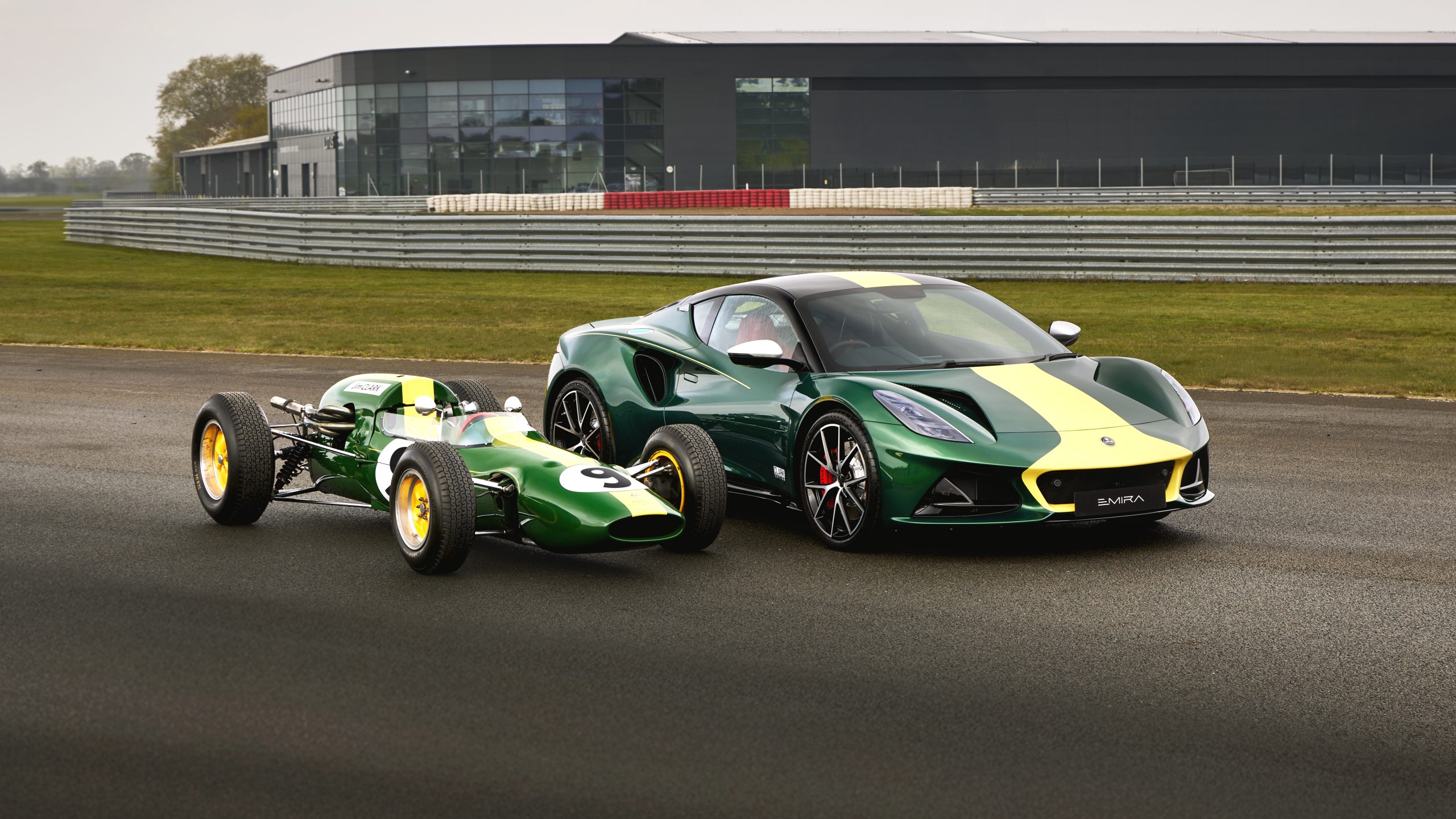It takes maybe five minutes. Five minutes to get comfortable, to get familiar. To forget that I’m driving from the wrong side of the car, to place its sizeable frame correctly on the road, and most surprisingly, to forget that the Kingsley KR Series Range Rover I’m driving is, at its heart, several decades old.
But then that’s the key to restomods, isn’t it? You buy into the style, character and image, but want to avoid getting ditched at the traffic lights by Ethel in her Jazz Hybrid, remain largely attached to the road through a briskly-taken turn, and wish to spend most of your time in motion, rather than observing curls of steam escaping from around the edges of your bonnet as motorway traffic hums by.

In the world of enhanced classics, Porsches, Jaguars and Alfa Romeos are well catered for. But stray further from these brands and the water gets murkier, particularly if you don’t just want the original drivetrain thrown in a bin, replaced with bits from a crumpled Tesla whose driver and driver-assistance systems couldn’t decide who was in charge that day.
Say you’re into Range Rovers, for instance. If you have a new one, any number of firms are willing to adorn it with grotesque wheels and diamond-stitched leather. If you have a classic Rangie though, that’s where Kingsley Cars comes in.
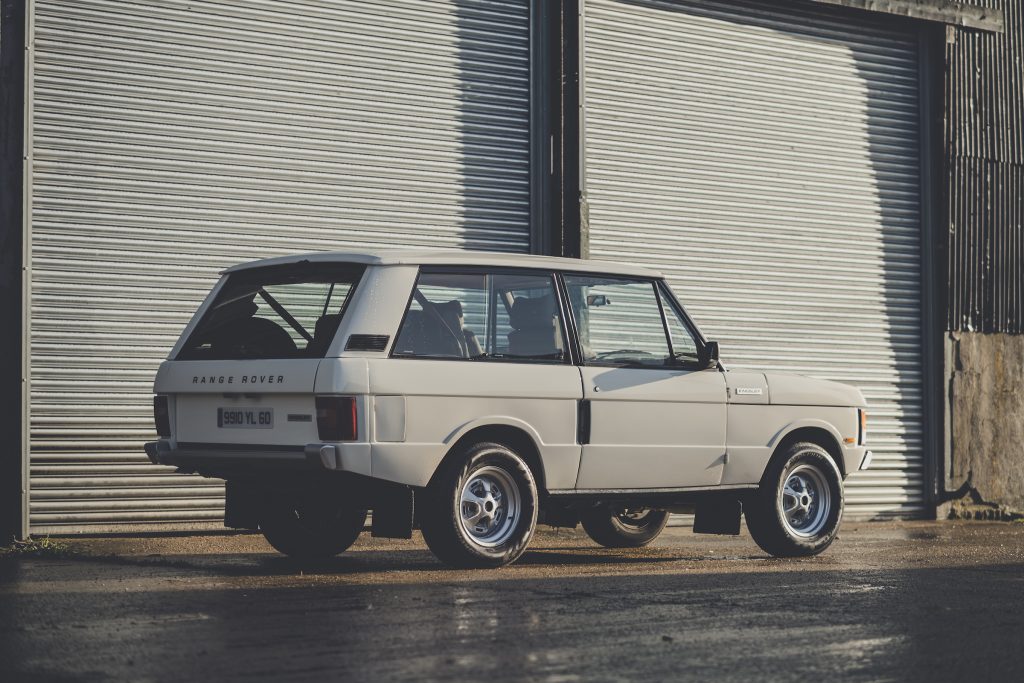
Founder, Damon Oorloff, tells me he bought his first Rangie at 19, and has owned one or another continuously for the last 35 years. He lives and breathes them, has fixed and modified them, and has bought and sold them (mostly bought, looking at his sizeable collection). While he owns a modern Rangie (and a smattering of Porsches, his other automotive weakness), Oorloff has about as much passion for the new cars as he has for the water cooler in the corner of his office.
At the same time, he’s realistic about the limited abilities of the older Rangies, particularly when it comes to factors like usability and reliability. We’ll not print the word he used to describe them, but let’s just say he’s had to fix enough that anybody would wish to make a few improvements, given the same experiences.
Kingsley Cars does enact full and original restorations on classic Range Rovers, and maintains them too, plenty of happy customers returning to have the same care and attention lavished on it as it had when originally restored. And any car undergoing restoration or restomodding is taken right back to basics.
This often involves fixing decades’ worth of bodges – one bare-metal shell in the workshop has had numerous sections rebuilt, some to replace typical MOT-style welding, others to patch up an enormous can-opener style hole in the bulkhead from a previous aftermarket engine fitment. And while Kingsley builds its own panels for common areas, a half-inch tolerance when the cars were originally built means basically everything is adjusted to fit correctly anyway…
The KR Series
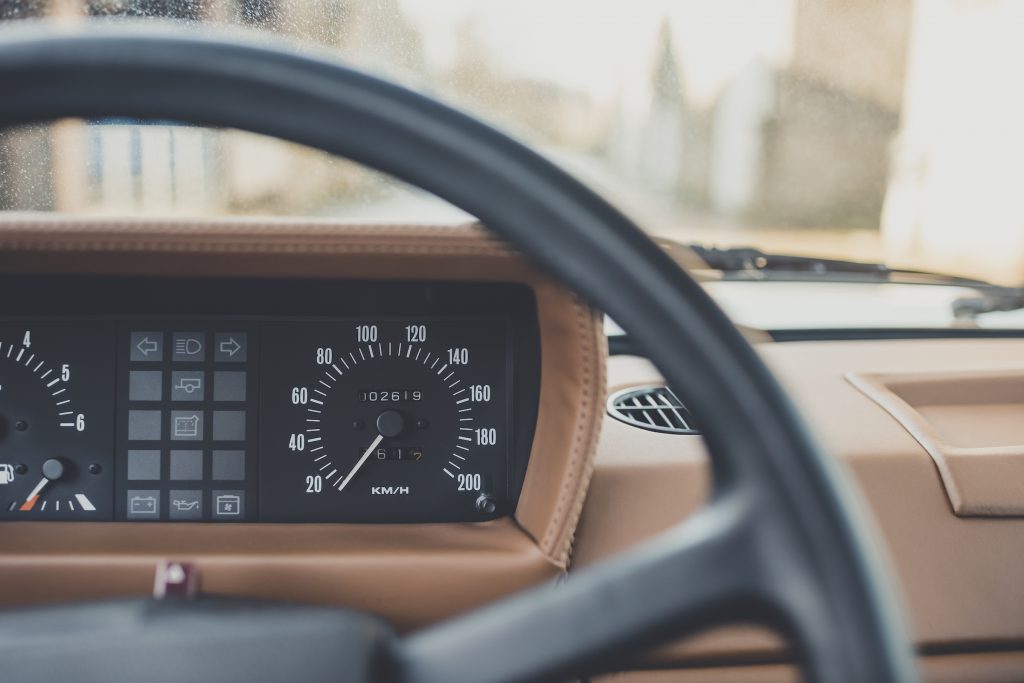
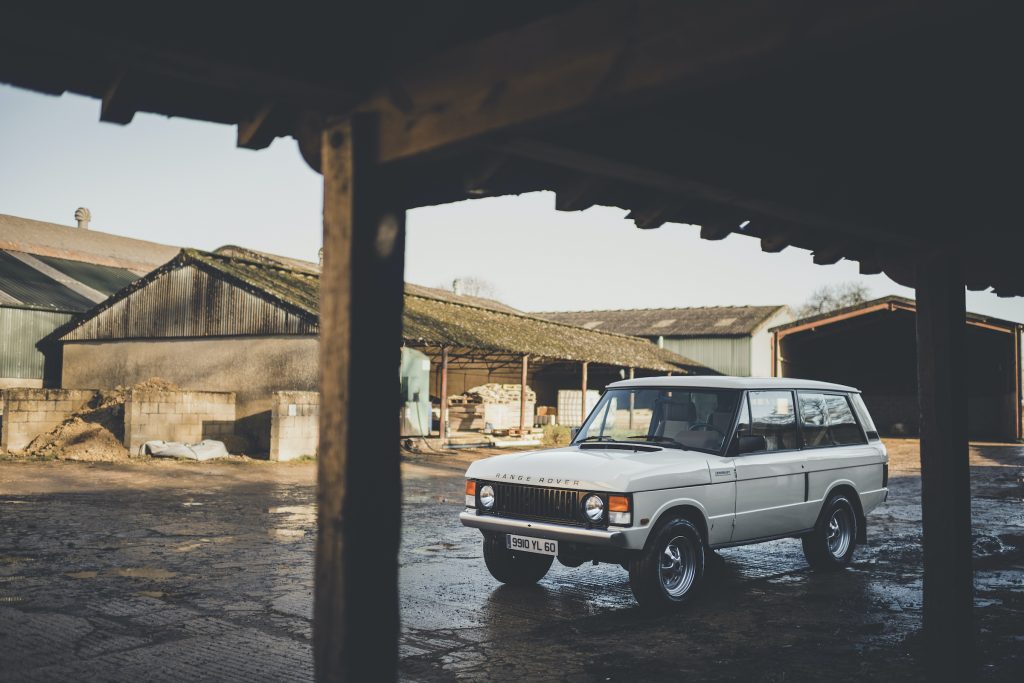
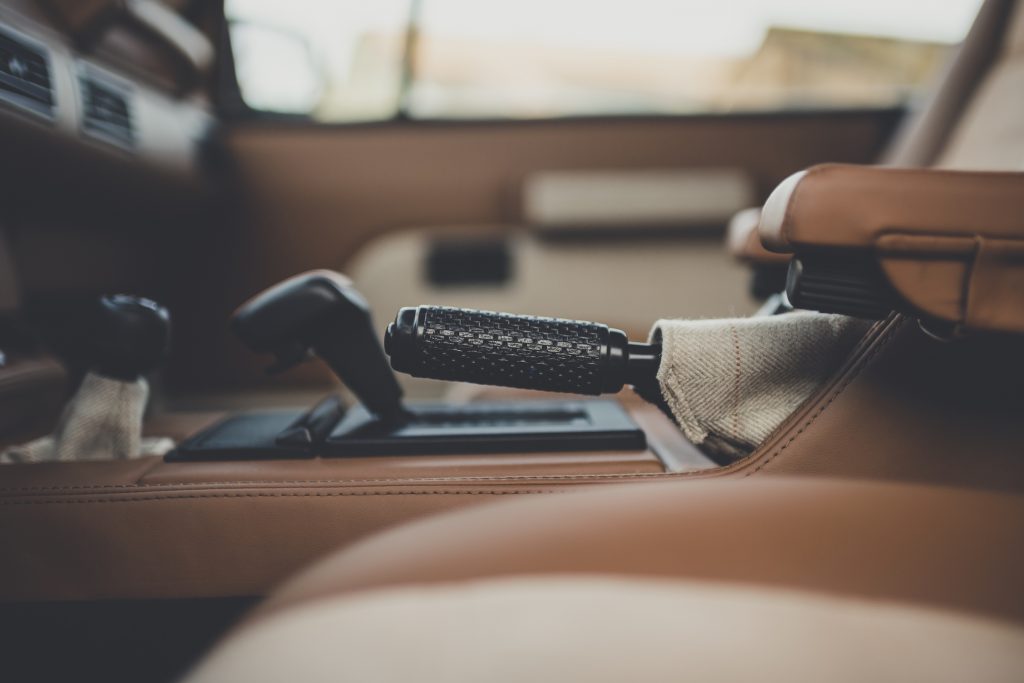
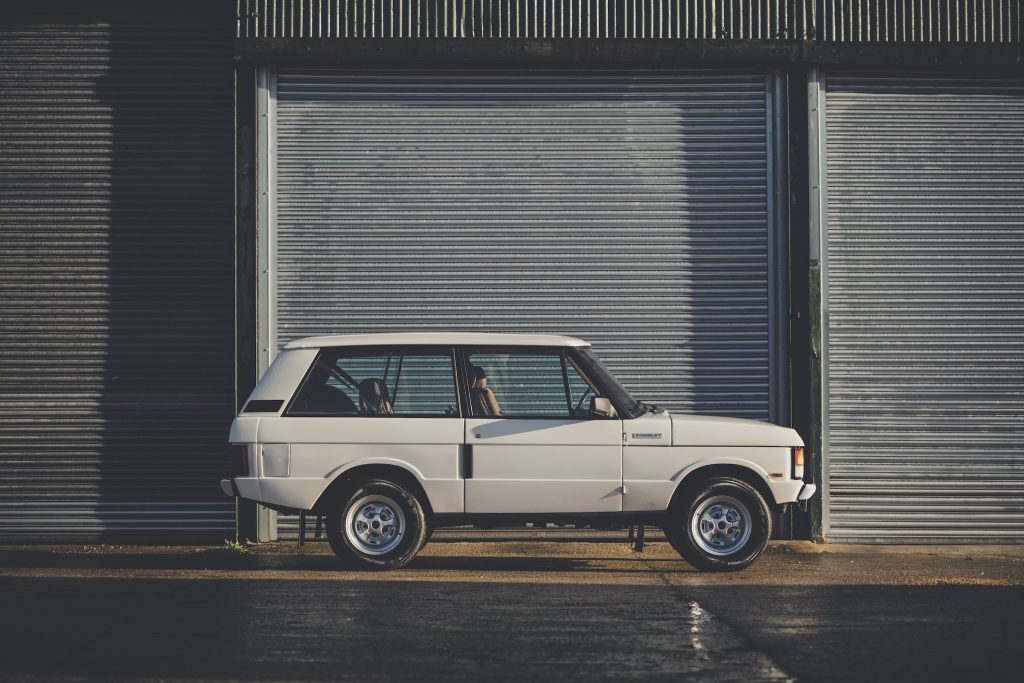
One way of assuring quality is that Kingsley does virtually everything in house, from body restoration, to trimming, to painting, and to the building of its Rover V8 engines. That applies regardless of model, but the most interesting variant is the ‘reborn and reimagined’ KR Series, a full restomod based on the classic Range Rover.
Chassis are refurbished, finished in hard-wearing epoxy rather than paint, and the cavities filled with wax. Suspension components are built to Kingsley’s own spec. Mechanical components are refurbished, and safety-critical items like the braking system are upgraded.
Naturally, the interior is fully retrimmed, the air conditioning refurbished with a new compressor installed, and a modern infotainment system is subtly integrated into the lower dashboard. Usability and reliability are essential. With the best will in the world, you don’t buy an old Range Rover to stare at it. People use these cars.
The beating heart of a KR Series is a 4.6-litre Rover V8, developed and built to the company’s own specifications on-site. It’s fuel-injected (also to Kingsley spec) making for reliable starting (aided further in that respect by a fully rebuilt cooling system), and in this specification develops around 280bhp, which is a minimum of 50 per cent more powerful than any factory Rover V8 in period.
Familiarisation
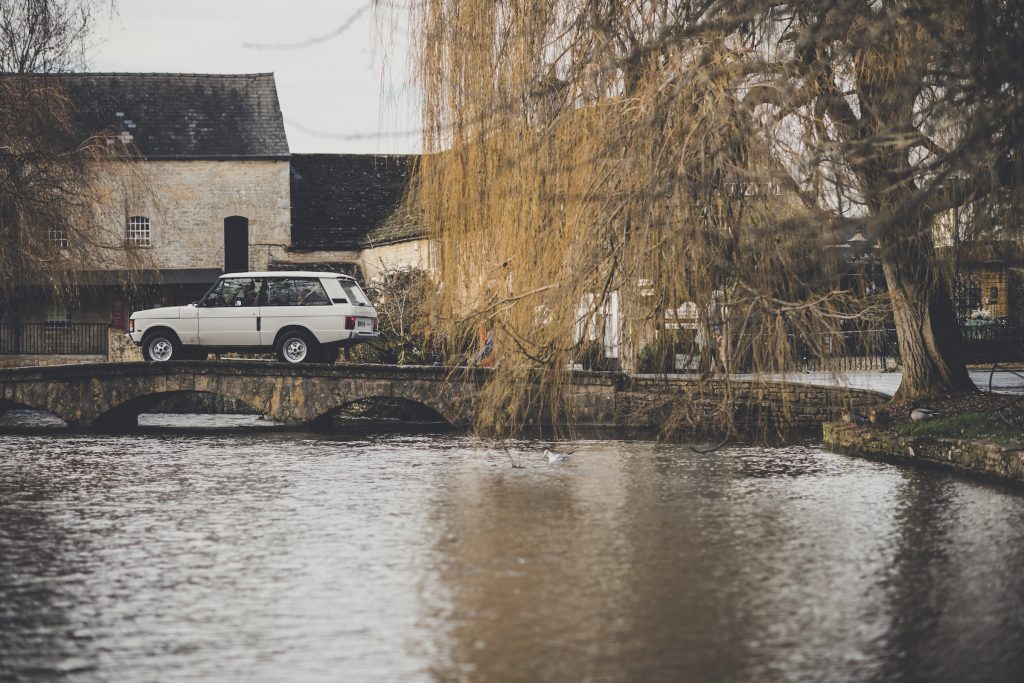
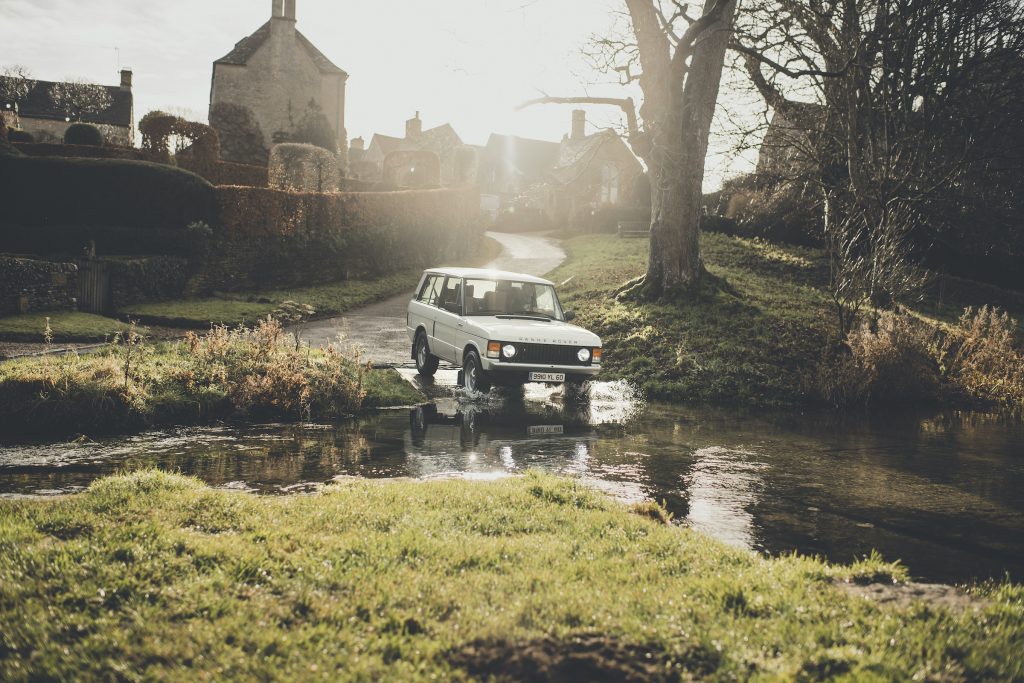
Oorloff offers me a unique opportunity before heading out in the KR Series: a chance to drive a completely original Range Rover classic, providing a baseline against which the restomod can be judged.
Having never driven an old Rangie before, and indeed never driven any Land Rover product prior to the handsome full-size L322 of the early 2000s, the ten-minute drive is both enlightening and slightly intimidating. Performance is stately, brief bursts of modest but aurally characterful acceleration punctuated by long, rowing movements of the palm-filling manual gearknob.
Braking feels mercifully up to the task, but steering is of the hopes-and-prayers variety; just keep on winding on lock until you get a response, because there’s neither eagerness nor any feedback whatsoever to guide you. Corners are best taken slow and steady, though to the Rangie’s credit, the ride is surprisingly cushioned, and visibility, through the enormous windows and with a towering driving position, is excellent.
Nevertheless, with a quick tug of the enormous doorhandle I’m very glad to climb into the new car, even if Oorloff’s regularly-used demonstrator is left-hand drive. It fires up after a few churns of the starter, slots silently into Drive through the otherwise original automatic selector lever, and before I’ve even turned out of the parking spot, it feels like a different proposition entirely.
On the move
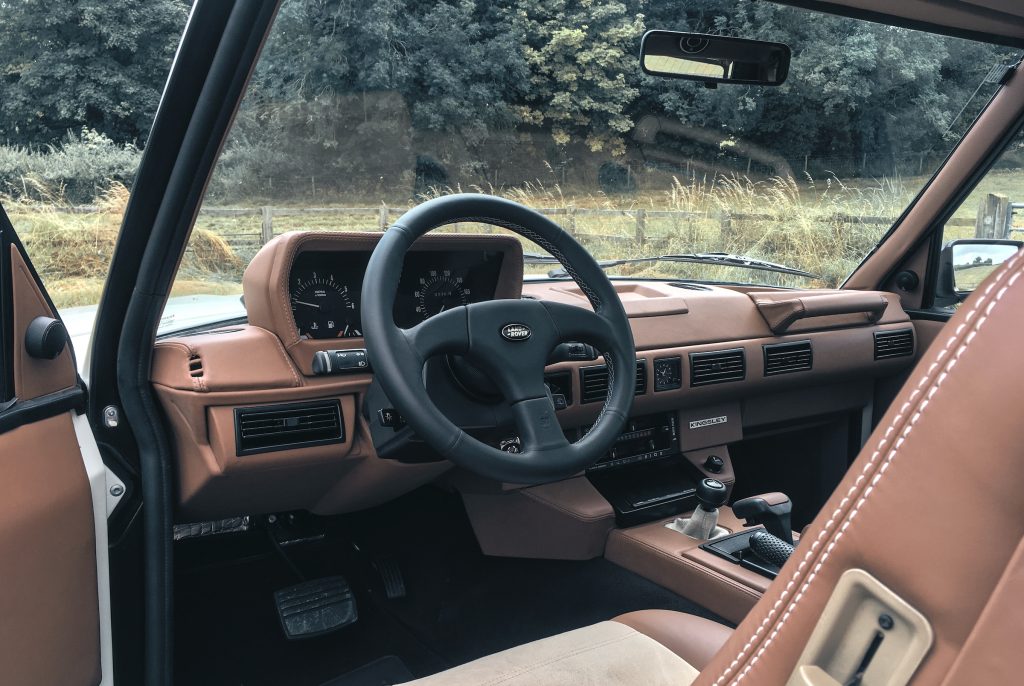
The reason is the steering. Kingsley fits a racy three-spoke wheel to its Range Rovers, but it’s the goings-on beneath that really make the difference. The rebuilt steering box, new valving and improved suspension give the KR Series a precision alien to anyone familiar with an unmodified version.
Turn, and the car turns. Sorcery! And mere degrees into the first corner the chassis improvements make themselves felt too. It might be a touch firmer underfoot, but it’s difficult to concentrate on any deficiency here since I’m marvelling at the newfound body control which more than compensates.
Since it’s not rattling as much as the old car, any bumps I do hit don’t disturb the better-insulated cabin quite as much anyway. The upshot is that it’s now a car that I’m happy to drive… well, like a car, rather than as a precious and precarious antique.
It’ll more than keep with modern traffic on the straight bits, too. Don’t go thinking that a 280bhp classic Range Rover will monster people away from the lights, because this is still a heavy car, with a relatively old-school slushbox and an engine with its roots in the 1960s. But there’s still useful, everyday pace. It’s freer-revving than the standard Rover V8 too, and the injection doesn’t grumble at sudden throttle openings either, unlike the classic’s carbs.
Day at the races

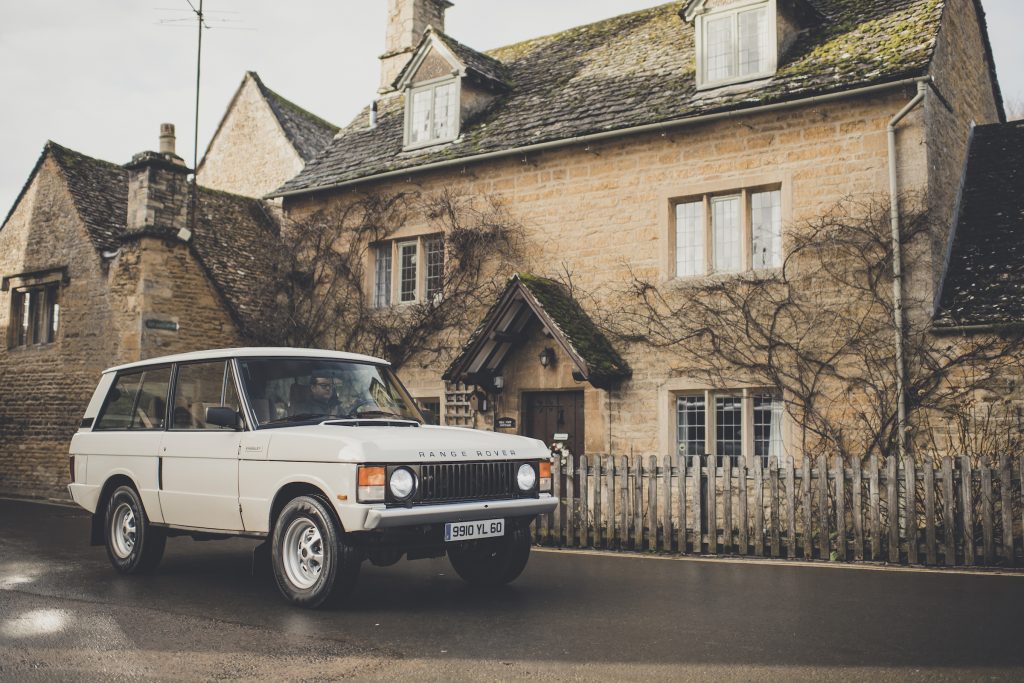
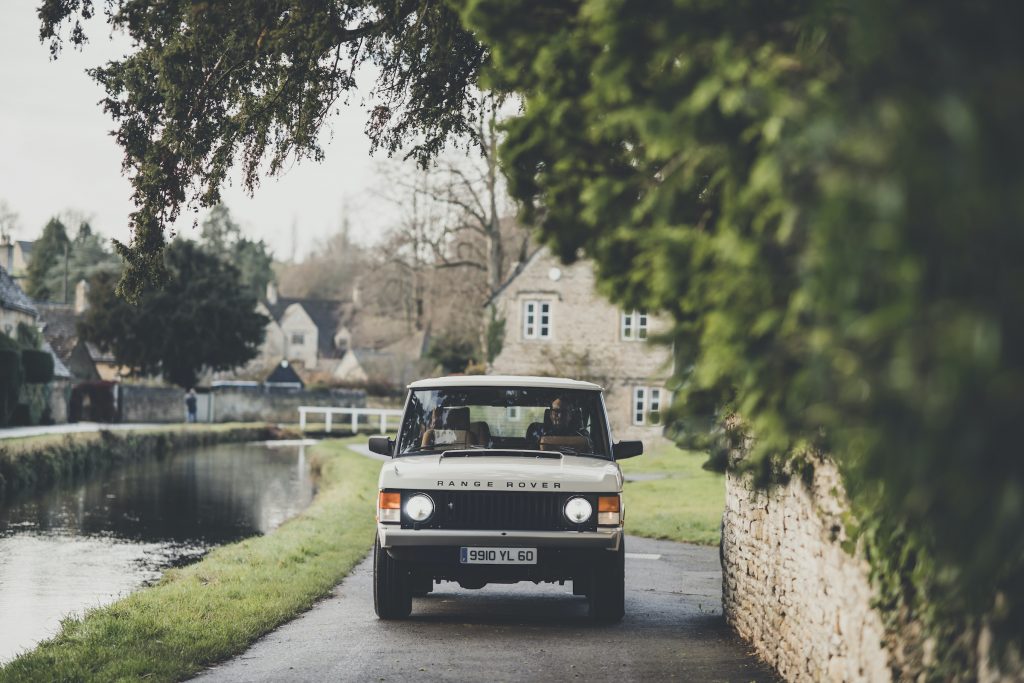
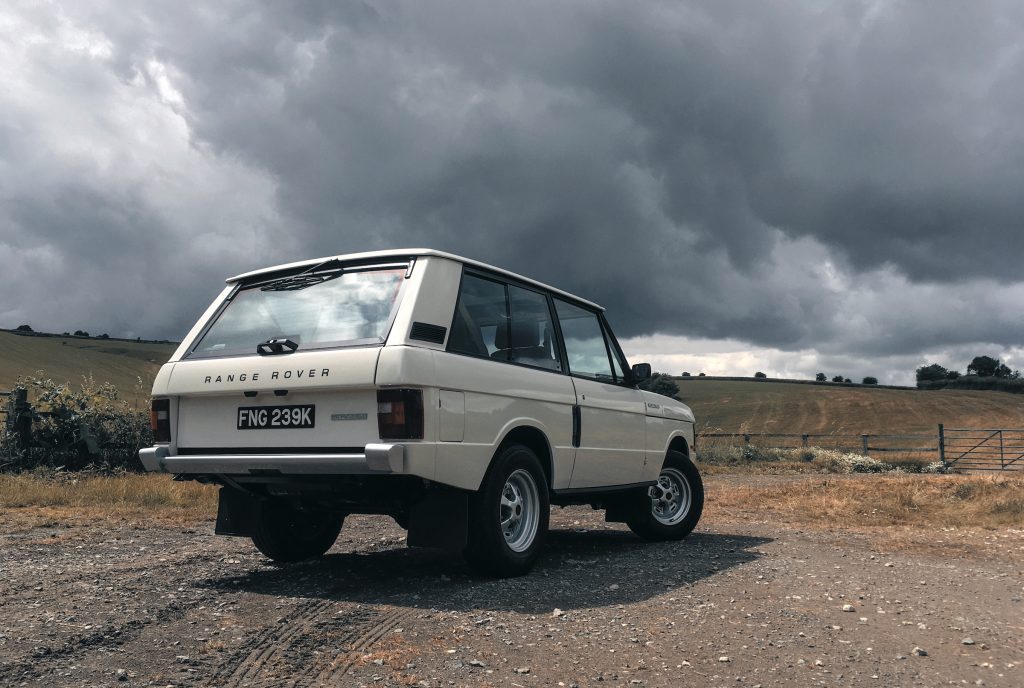
On familiar roads around Lambourn the KR Series continues to impress. Assured it’s not likely to do anything silly, I press on a little quicker around a few corners. The body remains flat and the tyres hang on gamely, even giving the sense during a few quick kinks that the rear axle is sharing some of the cornering load.
It’s then I get out to take a few phone snaps and realise that the KR isn’t on the fat rubber and large-diameter wheels I’d assumed (and that most other Range Rover tuners seem to fit, with dubious aesthetic results), but original Rostyle steel wheels wrapped in 235-section Pirelli rubber. For a car that looks like it’s come straight from a 1970s brochure, the cornering performance is deeply impressive.
Okay, so a few touches do give the game away to those in the know. The wider tyres fill the arches better than those of a classic Rangie, but the effect is close enough not to appear unusual. The interior is more overtly improved upon, that three-spoke wheel and Bentley tan Nappa leather trim the biggest giveaways, while Oorloff later tells me the team also raises the rear seat for a clearer view forward for rear passengers.
The lightly trafficked roads also allow a few more opportunities to extend the engine. It’s more cultured than standard, and similar on pace, judged from the old “butt-dyno”, to the MGF I drove here a few months earlier. There are a few chances to test the brakes too, which haul the car down in relatively short order. And while the fuel needle creeps down over the few hours I spend with the car, I’m told it’ll even do a reasonable 25mpg on a run.
Another essential restomod?
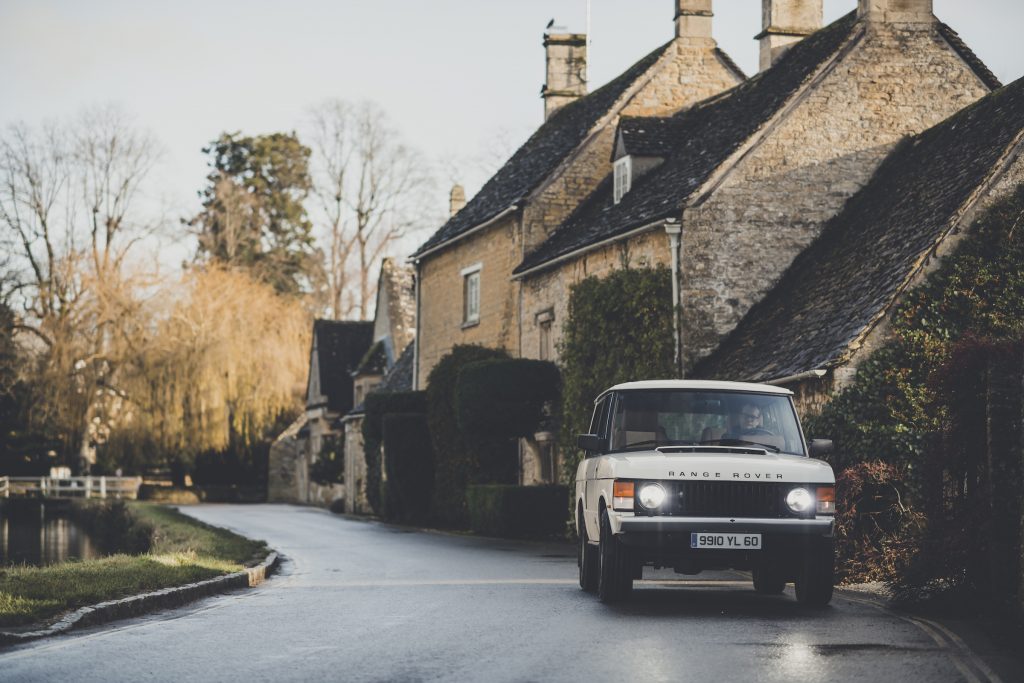
Two further characteristics stand out. The first is what a glorious thing the KR Series must be in which to cover distance, capable enough to make good progress but still making each trip feel like an adventure. Oorloff uses this car for exactly that purpose, happily mixing it in the outside lane with the usual sea of German metal. The other is that while every single aspect of the car has been improved over standard, it still feels distinctly like the car it’s based on.
This is important. While the beauty of a restomod is modern ability with classic style, it would also be a crying shame to simply transplant the uninvolving experience of a modern car into a classic shell. By improving rather than outright replacing what made the original Range Rover great, Kingsley has delivered an experience that does the same. It’s an old car built to modern standards and expectations, not a characterless new one styled to look old-fashioned.
Cost is always a fiddly, sticky issue to deal with, and with this very car for sale at £165,000, you’ll get an indication of the figure required to specify your own KR Series. Think Bentley Bentayga money, though any comparison is pointless since anyone with that kind of cash to spend on an SUV will likely have the means for both. Given the time and engineering in each car Kingsley builds, the cost does seem entirely justified.
If you’re a fan of the model and are in a position to afford one, the Kingsley KR Series is easy to recommend. An original Range Rover is not, realistically, an everyday proposition, but the KR Series very much is, and Kingsley’s concessions to reliability and future-proofing mean you could even drive it all winter without a second thought. Five minutes to get familiar, then, but potentially a lifetime of enjoyment.
Read more
Range Rover Classic Buying Guide (1970-1995)
How the Range Rover went from farmhand to Fortune 500 ride
Volvo P1800 Cyan review: It doesn’t get much better than this



